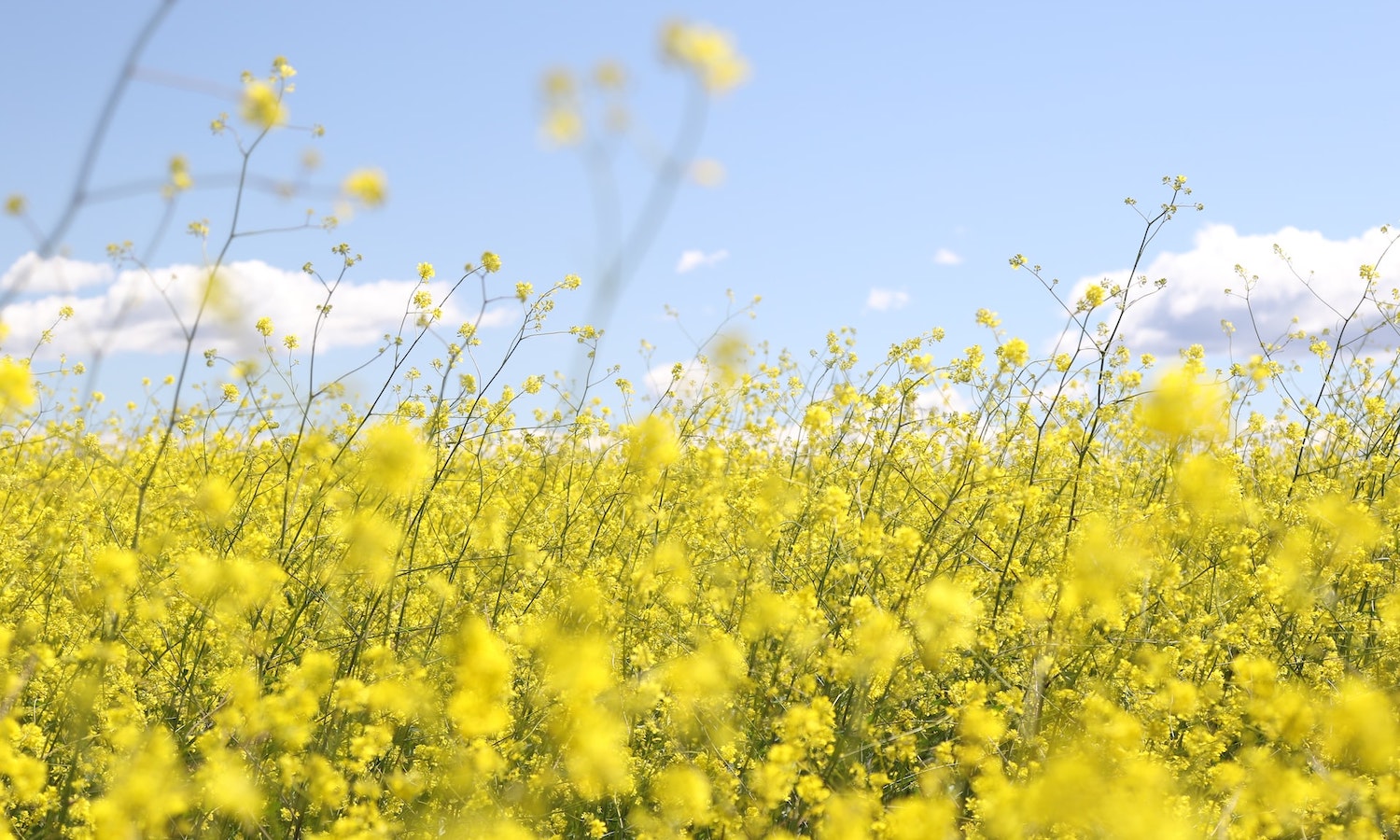Cover Crop Strategies editors encounter a variety of articles, social media posts, podcasts and videos that offer a unique look at various aspects of our great agricultural industry. Here is our favorite content from the past week:
- Rye Cover Crops Bring Benefits and Biomass in Organic No-till Soybeans
- Cover Crops Can Help Reduce Erosion and Soil Loss Rates Exponentially
- $5M USDA Grant Funds Illinois-Led Innovative Cover Cropping Project
- No-Till and Cover Crops are Visibly Increasing Across the Corn Belt
- Economic and Environmental Relief: Why Cover Crops are the Solution
Best of the Web This Week is brought to you by Salford Group.
Salford Group knows cover crops. Salford’s Valmar 56 series seeders set the bar for versatility and accuracy in cover crop seeding. These machines accurately handle a wide variety of seed and blends, while pairing with virtually any implement to seed cover crops while performing other field operations. Salford has a variety of tillage implements that are suitable for seeding with the 56 series applicators. Some Salford tillage machines can be used for hay and pasture renovation, and others can be used to work in standing cover crops as green manure. Check out Salford’s cover crops solutions at salfordgroup.com
Rye Cover Crops Bring Benefits and Biomass in Organic No-till Soybeans
In this article from Ohio’s Country Journal, Ohio no-tiller Dusty Sonnenberg explains the biomass benefits that rye can bring to organic no-till soybeans. “Rye biomass plays a large role in weed suppression in the winter and spring months when there is not a cash crop in the field, and it continues that role after planting throughout the growing season,” he writes.
Cover Crops Can Help Reduce Erosion and Soil Loss Rates Exponentially
In this Article from the Delhos Herald, read about how farmers may be able to reduce the rate of soil erosion by using no-till and cover crops. Experts say that the number might be able to be cut down to a fraction of the current rate, and in some cases as low as 100 to 300 pounds/acre/year.
$5M USDA Grant Funds Illinois-Led Innovative Cover Cropping Project
The U.S. Department of Agriculture (USDA) recently announced that it is funding a new project led by the University of Illinois Urbana-Champaign that will address major obstacles to adoption of cover crops in the United States.
No-Till and Cover Crops are Visibly Increasing Across the Corn Belt
In this Twitter thread, 4th generation farmer Ryan Heiniger asks for insight on why he is seeing so much no-till and cover cropping as he drives across the corn belt and particularly near Lafayette, Indiana. Several twitter users and farmers chimed in to offer their thoughts and advice on cover crop strategies.
Any farmers on here from near Lafayette Indiana? Only second time here but am amazed and perplexed at extent of no till and no till with cover crops especially from Waynetown to Odell on 25. Hard to find a tilled field. What is the backstory? pic.twitter.com/rQEpIaWmZN
— Ryan Heiniger (@FarmrHuntr) January 10, 2023
Economic and Environmental Relief: Why Cover Crops are the Solution
About a third of arable land is now moderately to severely degraded, costing the world $400 billion in agricultural production each year, according to the U.N. Food and Agriculture Organization (FAO). But cover crops offer a potential solution, producing environmental and economic benefits urgently needed by farmers everywhere.
Is there something you want to share in "This Week"? Send us an email.
Best of the Web This Week is brought to you by Salford Group.
Salford Group knows cover crops. Salford’s Valmar 56 series seeders set the bar for versatility and accuracy in cover crop seeding. These machines accurately handle a wide variety of seed and blends, while pairing with virtually any implement to seed cover crops while performing other field operations. Salford has a variety of tillage implements that are suitable for seeding with the 56 series applicators. Some Salford tillage machines can be used for hay and pasture renovation, and others can be used to work in standing cover crops as green manure. Check out Salford’s cover crops solutions at salfordgroup.com
Click here to view past "Best of the Web This Week" updates.









Post a comment
Report Abusive Comment